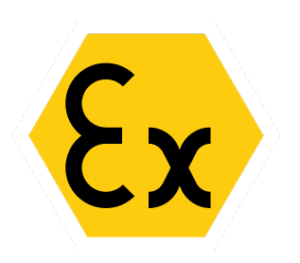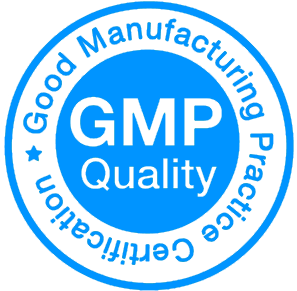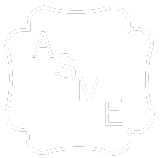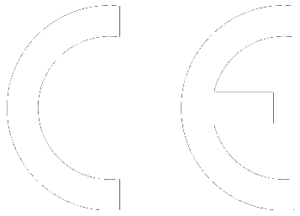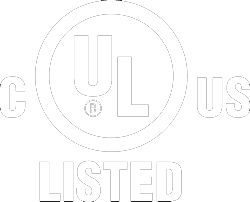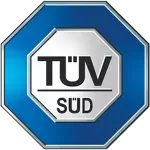Main Characteristics
It is a lab system equipped with one extractor of 7 L. It is available with 3 or more separators for the fractionation of the extract. Provided with a diaphragm pump and stainless-steel frame to comply with HACCP and GMP guide lines. Voltage 460V/3ph or 400V/3ph, frequency 60Hz or 50Hz, installed Power 8 kW, Current 13.8 A. PLC on board and 7″ touch screen. Same software as bigger machines.
Certification
We are ISO 9001 certified by TUV, UL listed, ASME certified, CE and PED certified by Apave, CRN for Canada.
Configuration of supercritical CO2 extractor
Pumps
There are two pumps, the most important is the CO2 pump, the carbon dioxide is the principal solvent for the extraction of apolar chemical compounds and the secondary pump or co-solvent pump, which is used for the contemporary release in the process of polar or medium apolar co-solvents, useful for the extraction of chemical compounds with different degrees of polarity. At the condition of max pressure this pumps can ensure a CO2 Flow of 25 kg/h, and Co-solvent Flow of 2.5 kg/h.
Safety
This system is equipped with a safety certified PLC in addition to process PLC controlling the position of the lids, the position of the valves and other safety sensors assuring safety operations. Improving safety of the operator is our mission.
Other specifications
Use this Lab CO2 Exctraction System for:
Lab machines are designed to test new lot of material/new matrices extraction conditions to be used in bigger extraction systems as per HACCP and GMP standard procedures. The utilization of a pilot plant also allows to obtain good quality extracts and/or refined products on which it is possible to perform a wide range of tests, including evaluation panels.
With extraction systems having at least 7 liters volume, it is possible to produce small series of samples for commercial feasibility evaluation.The configuration as flexible as possible. It starts with the smallest 1.7 liters model SCFN-L1 up to the 12 liters model SCFN-L12. Above this limit please click on Pilot systems.
Gmp qualifiable
We provide all the necessary documentation requested by qualification inspectors and authority, like:
- Material Certificate
- Welding Certificate
- USR (User Requirement Specifications)
- DQ (Design Qualification)
- IQ (Installation Qualification)
- OQ (Operational Qualification)
Full automation
Automation is a generic term. It does not provide any information on what the machine is really doing on its own. Automation for us is not just the control of pressure, flow or temperature. We have introduced a new concept, “Adaptive Automation”, to describe a new hardware / software system capable of modifying the process cycle as required by the operator. This new automation “literally” changes the way the system will produce the extract, something completely different from simply controlling pressure and temperature.
Remote assistance
We give full support via internet to solve technical problems quickly and for routine maintenance interventions. In many cases our technicians are able to solve problems online without having to physically go to the installation site, by connecting to the system via the internet, thanks to cutting-edge tools for remote support. If it is not technically possible to solve the problem remotely, the technician will be responsible for organizing an intervention on site. All support technicians are qualified and with years of experience.
Design on URS
By User Requirement Specifications we mean the functions that a specific device must have in order to satisfy the needs and requirements of its end user; or, more simply, it is what a device is expected to be able to offer to those who use it, in terms of functionalities. Generally their specification takes place through the drafting of a specific document (called User Requirement Specifications – URS) which takes place in the validation phase of the machinery itself, therefore before this is actually designed.
Certifications

